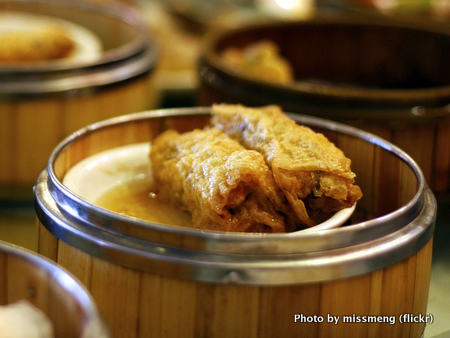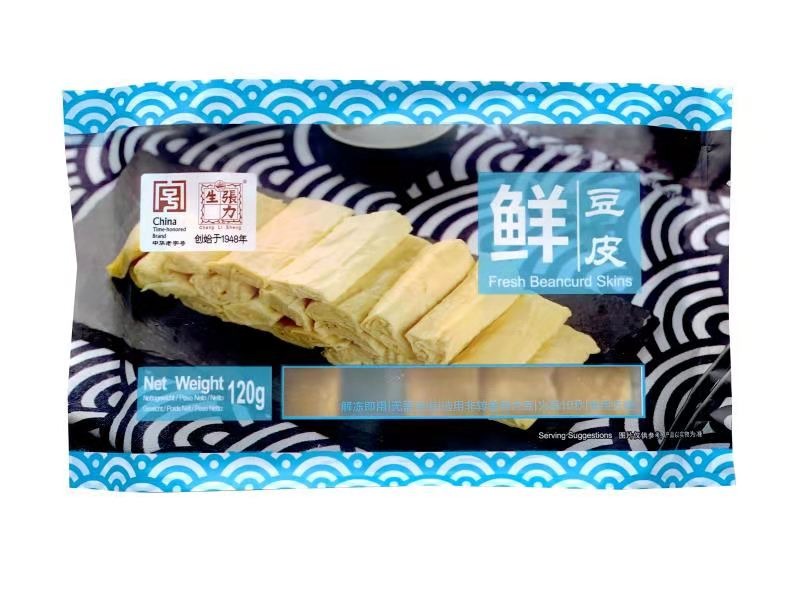
One of my favorite ways to have it is simply buying a pack from a local tofu shop and then dipping it into a mixture of soy sauce with wasabi or ponzu sauce.


In Japan, yuba can be eaten in various ways, such as on top of udon, in a sauce, as tempura, or even as a dessert. Nikko’s two-layered yuba is sometimes rolled up in a circular formation and looks similar to ‘tamagoyaki’ (rolled fried egg). An example of Kyoto’s very thin style of yuba in dried form /via Photo AC. This makes yuba especially perfect for vegetarians and vegans but of course, people (like me) who eat meat enjoy it, too. Yuba is typically found in shōjin ryōri (精進料理, しょうじんりょうり), which is Buddhist cuisine that doesn’t contain animal products. There are also differences between Kyoto and Nikko in terms of the last character for the kanji for yuba, which is written as 湯葉 in Kyoto and 湯波 in Nikko but pronounced the same way (yuba). Kyoto’s yuba is usually a thin, single layer however, Nikko’s yuba is two-layered and sometimes rolled up in round, thick disks, appearing almost like tamagoyaki (卵焼き, たまごやき), a rolled fried egg dish. It has wrinkles throughout its pale yellow and delicate exterior with a nice chew to it when you bite in, enveloping your mouth with a slightly sweet yet savory flavor.Īlthough Kyoto is most well-known for its yuba, Nikko in Tochigi also has its own style of yuba.

Beancurd skin skin#
Yuba (ゆば, 湯葉) is tofu skin that forms on top of soy milk when it’s boiling in a shallow pan.


 0 kommentar(er)
0 kommentar(er)
